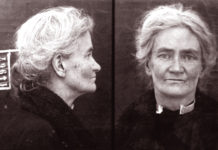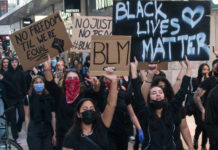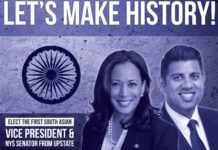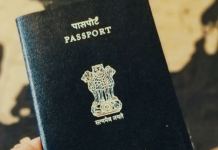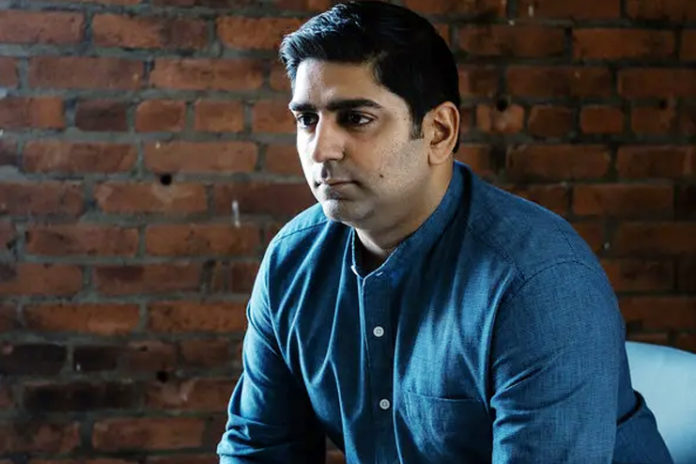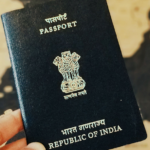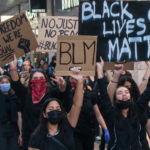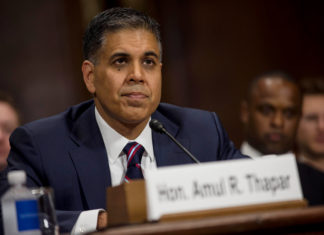An Indian-origin man Sarfraz Maredia is driving Uber’s operations in New York City at a point when the cab aggregator is undergoing challenges due to growing criticism over how it treats its drivers.
The story of the 35-year-old Maredia, the Regional General Manager of Uber, comes in existence when the ridesharing company is facing trouble in one of its largest markets: New York City.
The challenge is to ramp up the company’s growth even after the New York City Council voted in August to cap the number of licenses for ride-hailing services for one year.
About 75,000 people drive an Uber in the city.
Under Maredia’s guidance, Uber dealt with defeat in a healthy way and did not repeat its nasty battle witnessed with Mayor Bill de Blasio in 2015. Uber had at that time attacked the Mayor’s view and even added a ‘de Blasio view’ in the app that showed long wait times.
Earlier, Maredia had used the Uber app as a weapon to solve the city’s congestion problem. According to a report in The New York Times, he helped craft every message Uber sent its customers, warning that prices would rise.
Read: Pelosi Appoints Indian-American to Body Advocating Religious Freedom
Aside from taking Uber on a growth ride in the city, Maredia is working towards changing the cab aggregator’s image as a company which exploits the immigrant workforce.
Uber has been making negative headlines owing to incidents such as the kidnapping of a female passenger by a driver in October and suicide committed by another driver in September. These incidents raised safety concerns and highlighted the economic despair in the industry.
In response to these incidents, Maredia said Uber was including an emergency button in the app that connects directly with 911. He added that it was not clear if the driver’s suicide was related to his job.
Maredia’s less antagonistic tone is said to be a part of a global rebranding effort to create a kinder Uber.
An improved image may play an important role in the company’s success as Uber moves towards a $120-billion Initial Public Offering (IPO) next year.
Maredia argues that Uber improved the industry as drivers are now allowed to choose working hours and now have options besides leasing a vehicle from a predatory yellow taxi owner.
“We are giving drivers more flexibility and control so that they can work around their lives and their priorities – none of which was available a decade ago,” he told the paper.
During one such interaction with Uber drivers, he had reportedly said the company could not offer benefits because drivers were not employees. He, however, assured them that the company was working on a loyalty programme to reward its best drivers with perks such as free online courses and cash back at gas stations. Maredia interacted with drivers in Hindi and Urdu.
As a consequence of his different style of handling these situations, Maredia, has been drawing attention. His presence in the city may as well help Uber achieve Khosrowshahi’s aim to change the company’s culture.
Interestingly, Maredia has taken a firm stand that he was not under pressure to add riders at a rapid pace since Uber Chief Executive Officer Dara Khosrowshahi had more long-term goals for Uber.
“We are trying to build a successful, sustainable business and build a company we can be proud of, not next year or the year after, but for many years down the road,” Maredia said.
-Sowmya


